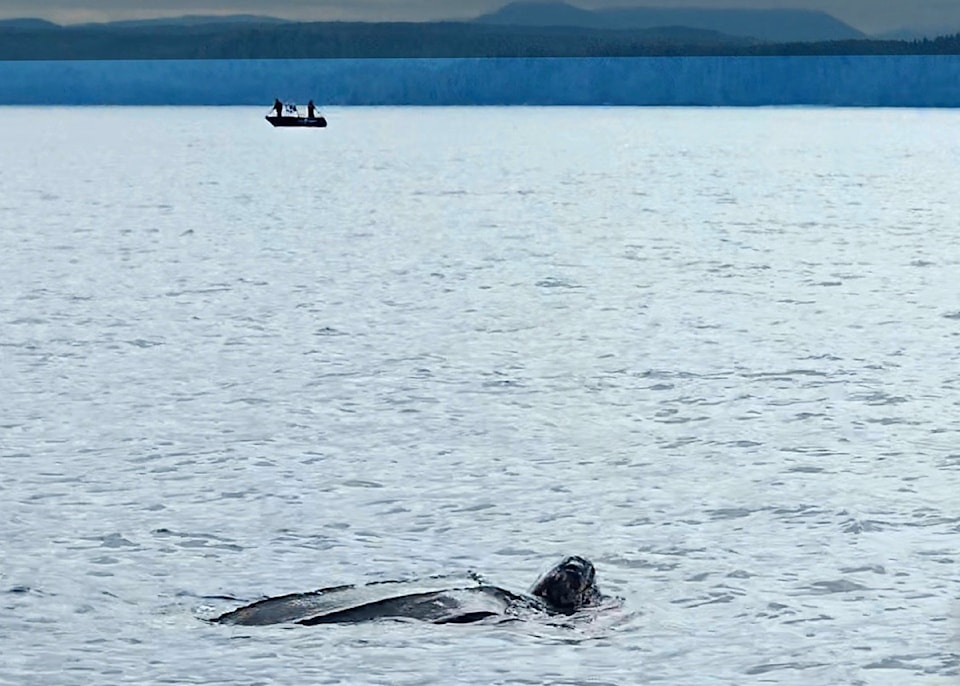An incredible sight was spotted near Haida Gwaii last month.
On July 14, coworkers Victoria Bradshaw and Aiden Horne were fishing near Langara Island, the northernmost island in the Haida Gwaii archipelago, when they spotted something popping up in the water. At first, they thought it was a whale or sea lion, but it turned out to be something even more rare鈥攁 giant leatherback sea turtle.
Leatherback sea turtles are the world's largest sea turtles, growing up to two metres long and weighing up to 1,550 pounds, and they've evolved to travel vast distances of up to 12,000 kilometres to reach foraging zones.
Their leathery shells and ability to regulate their internal temperature allow them to deep dive into cold waters and stay for prolonged periods of time, something other sea turtles cannot tolerate.
Leatherbacks have been tracked back to Indonesia, Papua New Guinea, Vanautu and the Solomon Islands, and they migrate in the summer to the Northeast Pacific to forage on jellyfish, with small numbers crossing the entire Pacific Ocean and reaching the marine waters of B.C.'s coast.
"No matter how hungry you get, we鈥檙e sure you鈥檝e never travelled 10,000 kilometres for a meal," stated Strong Coast, a provincial community group that works to defend the B.C.'s coasts from threats. "That jellyfish must be damn good, and we鈥檙e glad it is, because leatherbacks are the only sea turtle species that can be found in B.C."
The species is also endangered, with only 154 confirmed sightings in the province between 1931 and 2021. They travel tens of thousands of kilometres across the ocean to survive, and are vulnerable to unintentional capture as non-target species, entanglement in fishing gear, marine pollution, and offshore resource development, poaching of eggs, vessel strikes and nesting habitat decline.
"Leatherback turtles鈥攐ne more reason to show support for the Great Bear Sea Marine Protected Area Network," Strong Coast stated.
The Great Bear Sea, Northern Shelf Bioregion, covers approximately two-thirds of B.C.'s coast and encompasses 102,000 square kilometres of marine area, extending from the northern tip of Vancouver Island to the Canada-United States border at Alaska.


